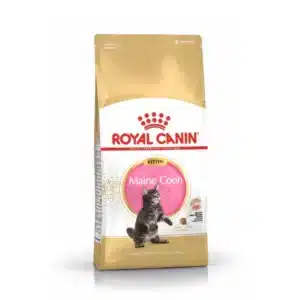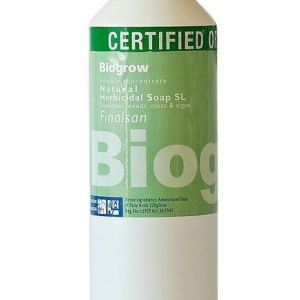Perennials for a Prairie Garden
DIY and how-to
Perennials for a Prairie Garden
The prairie style of gardening is a great way of using perennials and grasses, and is particularly practical at the coast.
The naturalistic prairie style garden pioneered by Piet Oudolf took the world by storm at the 2000 Chelsea Flower Show in London. His cleverly constructed combination of grasses interspersed with a myriad pretty perennials and herbs captured the emotion of a real meadow with a sprinkling of flowers. Ever changing with an odd breeze or change in sunlight, and filled with butterflies and birds, it was such a pleasant contrast to the cold and ultra modern designs of his contemporise at the show.
This style of gardening is really great for coastal areas as the focus is on low plantings which don’t interfere with the view or catch strong winds, and the interspersed grasses provide shelter and shade for the more tender perennials in-between. Perfect for coastal gardeners when our daily outdoor life is a garden that attracts all, including us and the wildlife!
The main emphasis in prairie design is in your plant selections. Many of our own indigenous plants are ideal for incorporating into this style too. Choose a variety of plants that will give you interest, keeping in mind their form, shape, texture, colour, movement and light. Remember seasonal changes too, as plants evolve and provide different effects through the year.
For best effect, make a large, expansive prairie or meadow garden in a sunny position. It is best viewed from across the breadth rather than the length. Select a few large evergreen grasses as your back bone planting, spread evenly throughout the bed. Fill in with a selection of perennials and smaller grasses, and some low mounding ground covers. For a variety of shapes and effects, the following plants are grouped according to their prairie effects:
Plumes: Many grasses have striking flowering plumes, particularly in summer and autumn. They can be massed to great effect. Try red pennisetum grass or variegated miscanthus. Both have great foliage colour too. There are almost too many grasses and grass-like plants from which to choose.
Spires/panicles: Many perennials have tall flower spikes and a favourite is salvia. Try Salvia farinacea ‘Victoria’ with its rich, deep blue flowers or larger Salvia Mystic ‘Spire Blue’ which flowers from spring to autumn. Bells of pink, plum and burgundy penstemon are daintier. Our local flora boasts a wealth of choices, from spikes of red hot pokers (Kniphofia species), watsonia in pink, white and salmons, to chasmanthe in fiery red and yellow spikes and crocrosmia whose graceful, arching spikes add rich, orange flowers to autumn. Bulbine and bulbinella are great succulent clump-forming plants with spires of yellow or orange flowers.
Buttons and globes: These are the little punctuation marks of the meadow and usually grow in tufts or cushions, with their flowers on taller stems above their foliage. Stately heads of blue or white agapanthus originate from grasslands, while fragrant lilac wild garlic (Tulbaghia species) and pincushion scabiosa grow easily. Tall growing wild dagga (Leonotis leonurus) in orange or cream is great for autumn colour. You could even add some chives with its pink pompom flowers.
Umbels: Clusters of upward facing blooms are great for adding lateral dimension. Deep purple statice (Limonium species) is drought and wind hardy, while Inca lilies (alstromeria) come in a range of colours, ideal for picking. Herbs like feathery leaved fennel and dill have soaring, tall umbels of yellow flowers in summer. Clusters of tiny pastel coloured blooms of yarrow are just as great.
Daisies: A meadow would not be complete without daisies, ranging from the new dwarf hybrid daisy bushes (argyranthemum) which flower in compact cushions, to short kingfisher daisies (felicia) with sky blue flowers, to an array of fillers such as Shasta daisies (Leucanthemum superbum) and spreading osteospermums. We should also not miss our jewel like vygies which are great for hot, dry positions.
Curtains: These are the taller bushy growers that still allow you to look ‘through’ them, add texture and often movement to your prairie garden. You have to have angel wings (Gaura lindheimeri) in white or pink, or the ever flowering Salvia greggii. A golden mist of yellow Bidens ferulifolia looks delicate but is quite prolific. Indigenous fairies’ fishing rods (anthericum) combine grassy foliage with curving rods of tiny white flowers. Bold and dramatic thatching grass (chondropetalum) will add a local flavour to your meadow.
You might also like
Shop online
-
PLASTIC POT GREEN 7.5CM – 38CM
- R9.99 – R149.99
- Select options This product has multiple variants. The options may be chosen on the product page Learn More
-
- Sale!
KITTEN MAINE COON 4KG
- Original price was: R839.99.R671.99Current price is: R671.99.
- Add to cart Learn More
-
FINALSAN 500ML
- R219.99
- Add to cart Learn More




